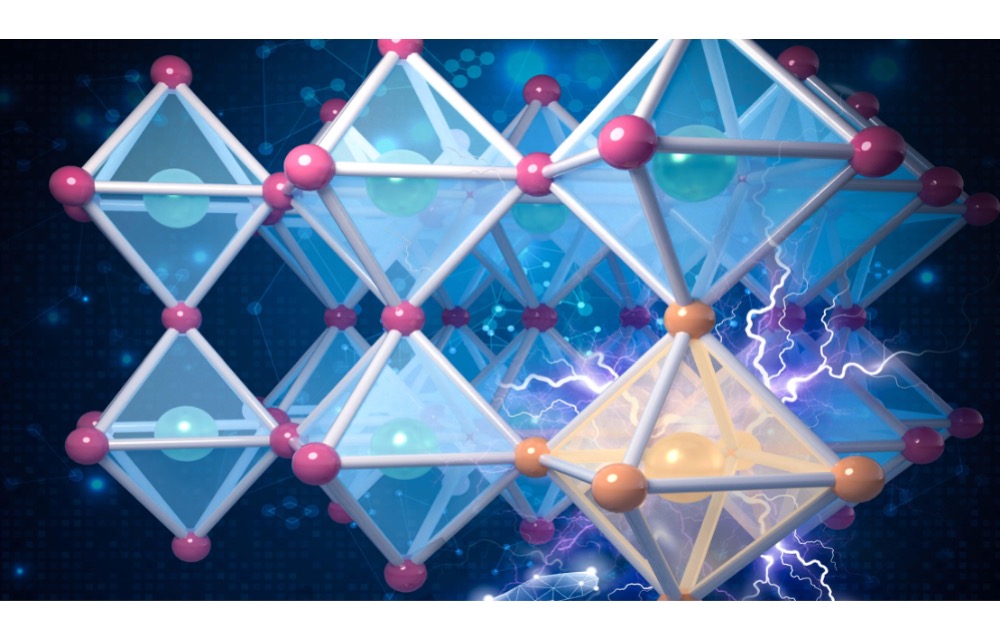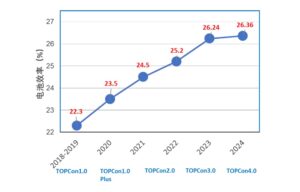- A research team led by EPFL has discovered 14 new perovskite materials, claiming these are suitable for solar cells
- They used a machine-learning model trained on 246 perovskite materials, and applied it to a database of around 15,000 candidate materials
- According to the team, this proves that AI can help streamline the discovery and validation of new photovoltaic materials, thus lowering costs
Researchers from Switzerland and China are exploring artificial intelligence (AI) and machine learning (ML) to streamline perovskite solar research. Using these advanced technology tools, an École polytechnique fédérale de Lausanne (EPFL)-led research has discovered 14 completely new perovskite materials suitable for solar cells.
All these perovskites have band gaps and high enough energetic stability that make them excellent candidates for high-efficiency solar cells, says the institute.
For their research, the team developed the band-gap values for 246 perovskite materials using advanced calculations based on hybrid functionals. They deployed a sophisticated type of computation including electron exchange and improved upon the quantum mechanical modeling method of Density Functional Theory (DFT).
Along with fellow researchers from China’s Shanghai University and Belgium’s Université catholique de Louvain, they used dielectric-dependent hybrid functionals, meaning they incorporated the material’s electronic polarization properties into their calculations.
They claim this significantly enhanced the accuracy of the band-gap predictions compared to standard DFT. With these band-gap calculations, they were able to develop a machine-learning model trained on 246 perovskite materials, and applied the same to a database of around 15,000 candidate materials for solar cells.
The 14 resultant new perovskites found were determined as the most promising candidates for high-efficiency solar cells based on their predicted band gaps and stability by the team.
“The work shows that using machine learning to streamline the discovery and validation of new photovoltaic materials can lower costs and greatly accelerate the adoption of solar energy, reducing our dependence on fossil fuels and aiding in the global effort to combat climate change,” explains the team.
Halide perovskites are considered to have high performance and low production costs; however, their stability and reliability is a concern which limits their competitive commercial prospects. Research is ongoing across the world to make them competitive.
EPFL has been working on perovskites for long now. In October 2023, along with Northwestern University, EPFL announced achieving 25.3% efficiency for inverted perovskite solar cells using a molecule called 3-MPA (see New Design Improves Stable Efficiency For PSC).



